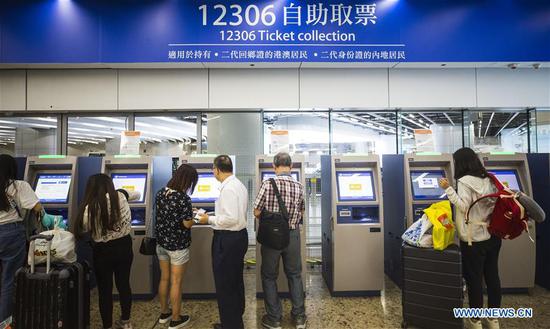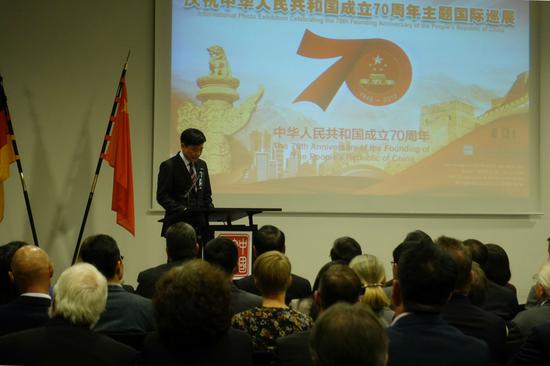The class of 2019's average SAT score declined slightly, but Asian students continued to outperform their classmates, the non-profit College Board, administrator of the test, announced Tuesday.
The slight decline in average scores is attributed to a greater number of students taking the test on a school day rather than on a weekend. A record 2.2 million students took the college admissions test, up 4.76 percent from 2018's 2.1 million.
Overall, the combined SAT average of math and language scores dipped to 1059 from 1068 a year ago. The percentage of students scoring high enough to show readiness for first-year college courses fell to 45 percent from 47 percent, the College Board said.
The average combined math and reading score for Asian students was 1223, including 586 verbal and 637 math. White students averaged 1114 on the SAT, including 562 verbal and 553 math. The combined score for Hispanics was 978, including 495 verbal and 483 math. Black students averaged a combined 933, including 476 verbal and 457 math.
Wenyuan Wu, director of administration at the New Jersey-based Asian-American Coalition for Education, said culture explains much of the success of Asian students, but warned that it is unwise to compare results among various racial groups.
"Many cultural factors come into play, such as emphasis on education and community acculturation," he told China Daily. "This overwrites the hypothesis on socioeconomic factors being the main determinant in academic performance, considering the vast diversity among Asian-Americans and prevalent poverty in many Asian-American communities across the country, including New York City. It shows that one can succeed in school and capitalize on upward mobility."
Wenyuan said about 31 percent of Presidential Scholars between 2010 and 2014 were Asian, and nearly 50 percent of students winning recent national math, science and technology awards were Asian, despite Asians comprising about 6 percent of the U.S. population.
"The prevalent narrative of pitting minority groups against each other following objective findings is divisive and counterproductive," he said. "The fact that Asian students tend to excel more academically is often used as a source of dangerous stereotypes."
Vanessa Leung, co-executive director of the Coalition for Asian-American Children and Families in New York, said academic performance doesn't reveal the full character of Asian-American students.
"The diversity of our community in terms of ethnicity, immigration history, socioeconomic status is hidden whenever we have aggregated data," she told China Daily. "A mean score tells us nothing of the challenges that students may have had to overcome or access to opportunity made available. We know that Asian Pacific American students have much more to offer than simply test scores."
About 56 percent of students who took the SAT have at least one parent with a college degree. About 9 percent of students' parents had no high-school diploma. About 27 percent had a high school diploma, but not a college degree. About 8 percent of test takers did not respond to questions about their parents' education, the College Board said.
Females of all groups scored better on the verbal section of the SAT while males outperformed females on the math section. The average female verbal score was 534 compared with 529 for males. On the math section, males scored an average of 537 compared with 519 for females.
Just under 1 million students took the test on a school day rather than on a weekend this year, compared with 780,000 last year. Offering the test during the school day increases the number of minority students taking the test, especially those whose parents don't have a college degree, and shows increased interest in attending college, according to officials.
In August, the College Board dropped plans to develop an "adversity score" for every student who takes the SAT after backlash from parents and advocacy groups, who said college admission should be based on merit.
Instead, the board will provide an array of information to college admission officers to help them compare an applicant's scores with other students in the same high school and provide an overview of socio-economic background. The information will not alter an applicant's SAT score.
The College Board's new program, called Landscape, will include six "challenge factors" for students: college attendance by other graduates of the applicant's school, household structure, median family income, housing stability, community education levels and crime. College admission officers will interpret the information. Unlike the discarded "adversity score", Landscape won't be reported as a single number on a scale of 1 to 100.
A group of Asian students, who believe they are held to a higher standard and hence wrongly denied admission to top schools, have sued Harvard University. The judge hearing the evidence hasn't yet ruled on the case. Similar lawsuits have been filed against the University of North Carolina at Chapel Hill and the 10-campus University of California system.


















































